BMW Art Guide by Independent Collectors
The Vague Space
Christian Kaspar Schwarm on the first solo presentation of his collection at the Weserburg Bremen
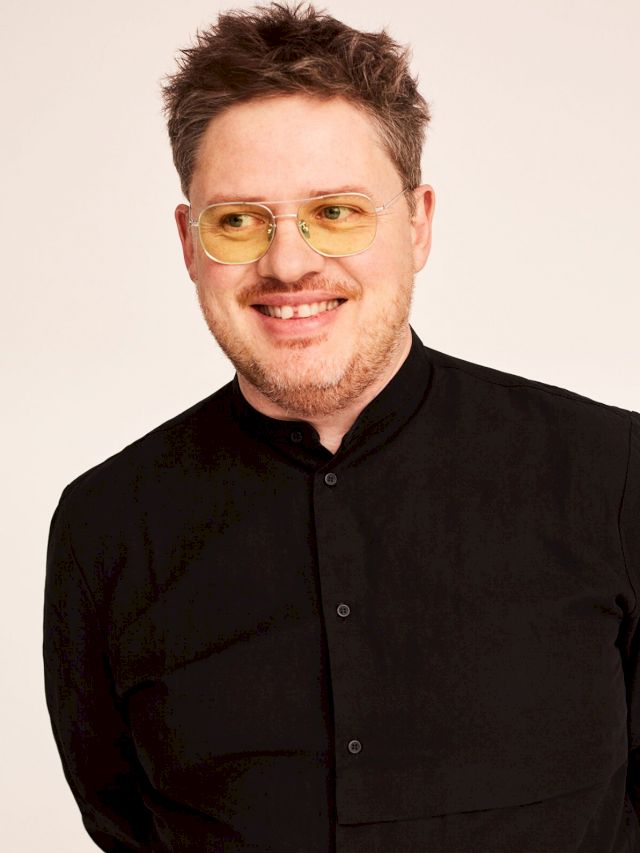
How important is having the title of being a “collector” to you?
Interestingly enough people living in German speaking countries are more reluctant to use the term “Sammler” as opposed to the way “collector” is used in the English speaking world. I often encounter people, who are by all means collectors, yet they shy away from identifying with the term, whereas Americans for example use the term more lightly. I think this has a lot to do with the clichés many people here associate with the term – being someone who is incredibly wealthy and primarily interested in self-portrayal for example. Ever since I became aware that these stereotypes exist, but are more often than not inapplicable, I don’t shy away from using the term anymore. There is simply no such thing as a stereotypical collector.
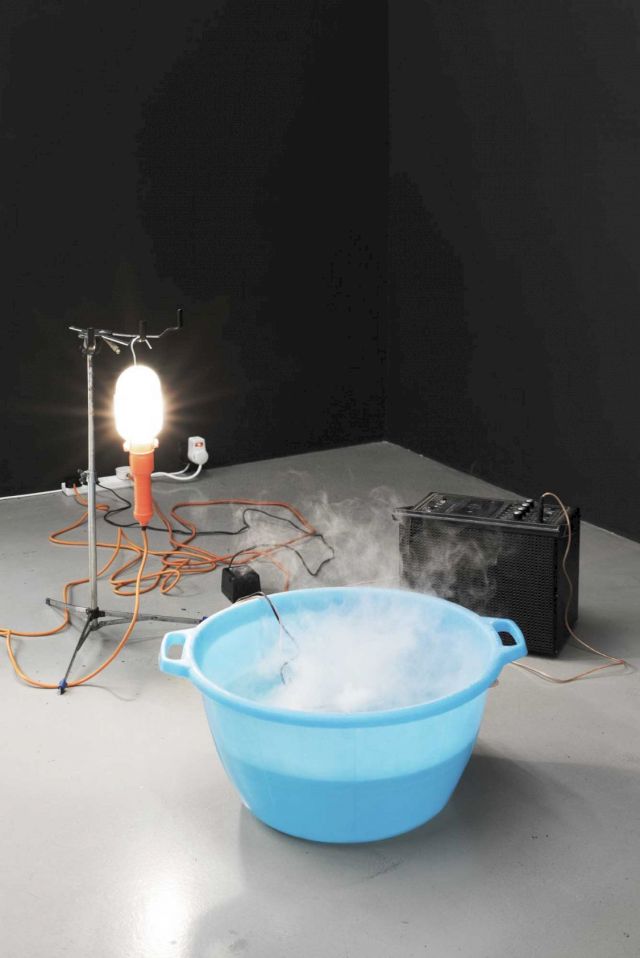
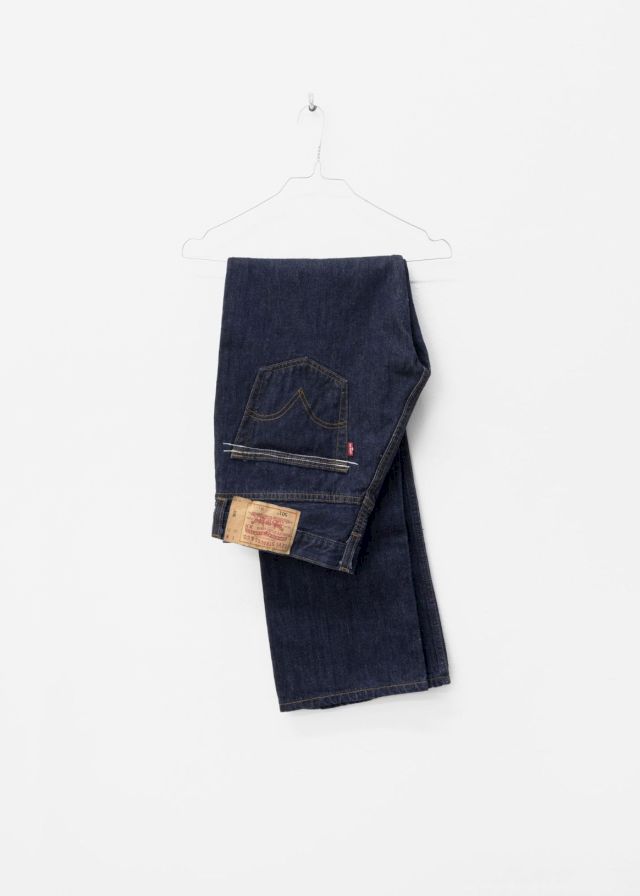
Does your collection follow a specific theme or particular artists?
Neither actually. I am fascinated by the different way certain works open up different perspectives for looking at the world and our lives. Since I am deeply interested in non-fiction books I feel this may in fact be the red thread that runs through my collection. Against this backdrop I seek to continually open up my collection by incorporating works that may not fit the classical definitions of an “artwork”. I am fairly certain that in twenty years time we’ll see more of these types of “objects” and “content” in renowned collections. In fact they are already present in today – they are just not considered “art” yet. I take great pleasure in looking at the world and asking myself: what could potentially end up in my collection?
Do you have a personal relationship with the artists you collect?
I never pushed for it, but in most cases it just came naturally. In some instances I formed long lasting friendships that in no way represent the business-like relationship between artist and collector. If you are genuinely interested in a work or even an entire oeuvre, you resonate with the inner feelings and values of someone – just like you do when you meet someone personally.
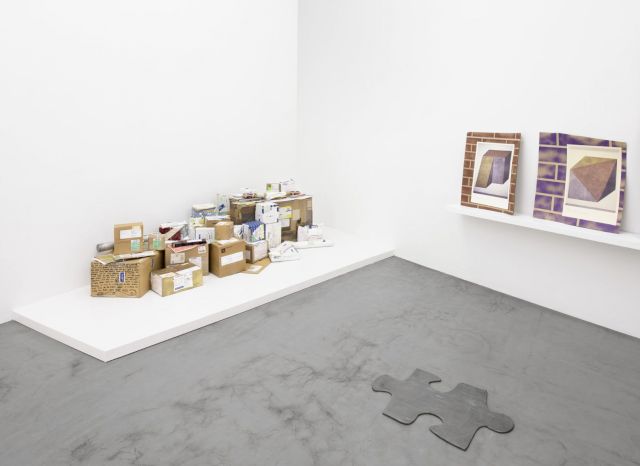
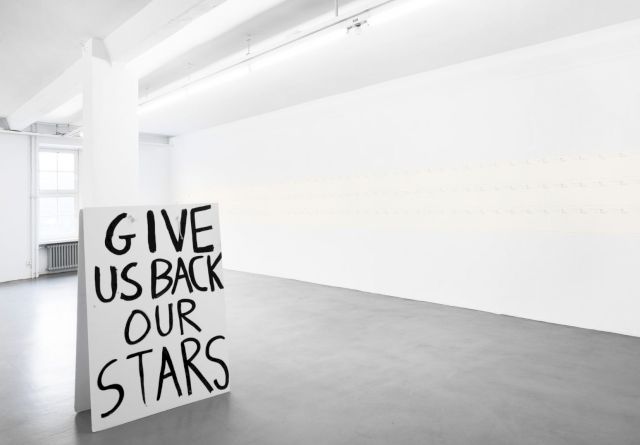
Is there an artwork that you love but can’t live with due to size, medium, or value?
There is not just one, there are many. Even though I always say that I do not want to live with 99 percent of the artworks I see – simply because they do not introduce me to new perspectives or because they do not tell a story that hasn’t been heard before – I still encounter works which I cannot afford due to their size, medium or value. Against this backdrop collecting also means being able to leave out certain things. Which again could also be seen as a good metaphor for life in general.
In your opinion, what mistakes do young collectors make? And what mistakes did you make when first starting on your collecting journey?
At a very early point an experienced collector once told me: “You cannot make any mistakes!” Who holds the right to define what may be considered a mistake? Again, this is true for life in general: did you make a mistake by spending your life with a different person than you did in the past? Is it not the case that we’re all on a journey made up of various encounters, challenges and opportunities? A good, personal collection can illustrate this line of thought and bring it to life. It is completely normal that I look at artworks differently now, compared to the way I looked at them when I acquired them ten years ago. If it is a good work I see more in it than I did back then for that exact reason. In the “worst cases” I find the work boring – but that almost never happens. And even if it did, I would rather speak of a personal change in perspective than a mistake.

What has the reaction been like from visitors of your collection since making it publicly accessible? Does this reaction impact you and what you collect
Currently my collection is being exhibited at the Weserburg Museum in Bremen. To be honest, I did not anticipate how personal it would feel to show these emotional treasures to an experienced and interested audience. At the opening another collector whispered to me that he experienced this moment as a kind of striptease of the soul – something I found to be an apt description. However, we took great comfort in the fact that no one else seemed to realize how much a collection gives away about its collector; wanted or unwanted, consciously or subconsciously. Still I was extremely happy to hear from friends how well the exhibition suited my personality and how inspiring it was to all the visitors who don’t know me at all. That being said, there is no such thing as a feedback loop on all my collecting decisions: I never collected art for the public and that won’t change in the future. There are some collectors who collect with the public eye in mind – and that is perfectly legitimate. I just feel that this way of collecting compromises a lot of opportunities for self-reflection and understanding of the world.
Where do you find out about artists that you are interested in purchasing?
Everywhere theoretically. It could be a text of an artist, a tip from a friend, a gallery or museum exhibition, a randomly encountered thought on social media, a good book. Usually it is not so much about the visual stimuli but more about thoughts and ideas that change my perspective on things.

Which publicly accessible private collection would you recommend visiting?
Which song would I recommend? Which book? Which travel destination? Which sofa? Which car? What I want to say here is: I cannot answer this question sufficiently. As I said, the variety and diversity of private collections is as broad as its collector. When you look at it that way, every private collection will introduce you to a very subjective view on art and therefore on the world as a whole. Hence, a collection can still be incredibly fascinating, even though you might not resonate with the artworks per se. Everything can be interesting, as long as you manage to ask the right questions and in return receive some answers that will open up a viewpoint different to the one you had before.
All images courtesy Sammlung Christian Kaspar Schwarm, Berlin